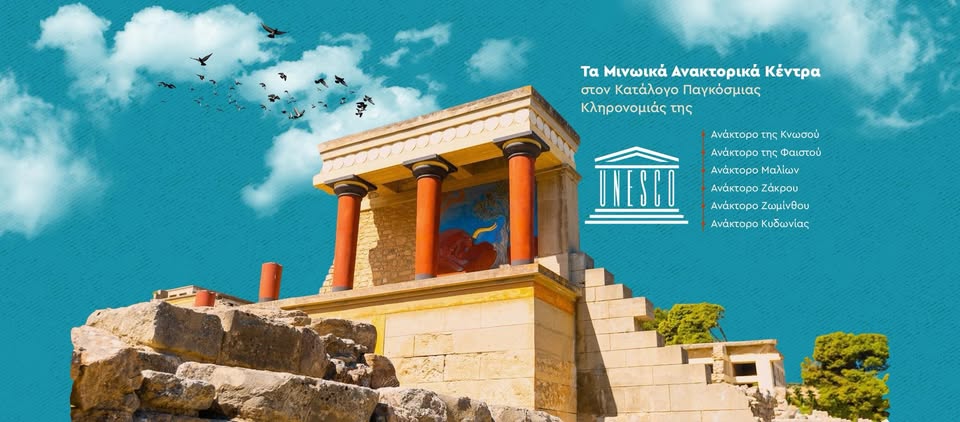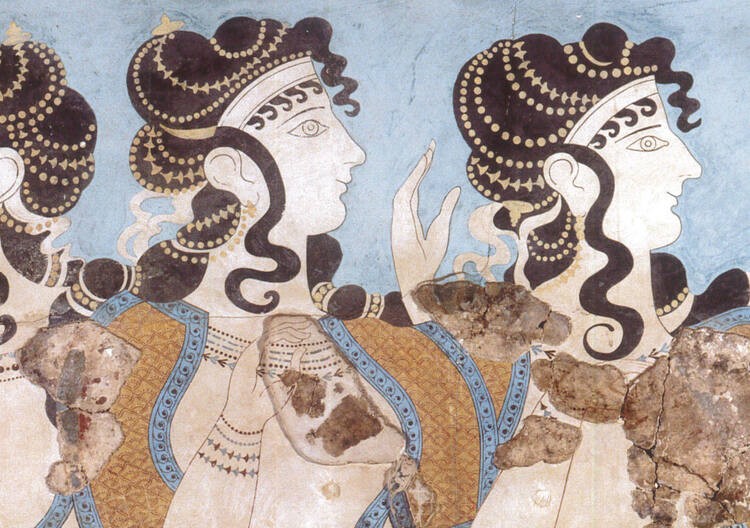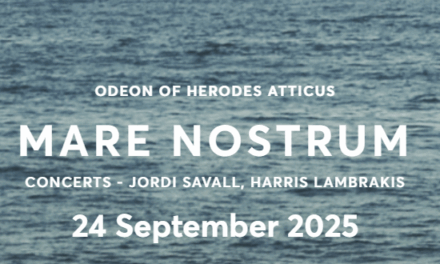The United Nations Educational, Scientific and Cultural Organization (UNESCO) has officially inscribed six Minoan Palatial Centres on Crete into its prestigious World Heritage List. This significant recognition, announced during the 47th session of the World Heritage Committee, marks an important achievement for Greece and acknowledges the profound global importance of these ancient centers.
The newly recognized sites are Knossos, Phaistos, Malia, Zakros, Zominthos, and Kydonia. These locations represent the zenith of the Minoan civilization, one of Europe’s earliest advanced societies, which flourished between approximately 2800 and 1100 BCE. Knossos, in particular, was the most important city of Minoan Crete, continuously inhabited from the Neolithic period until the 5th century BC, reaching its peak from the 17th to the 15th century BC as a powerful political, economic, and artistic hub.
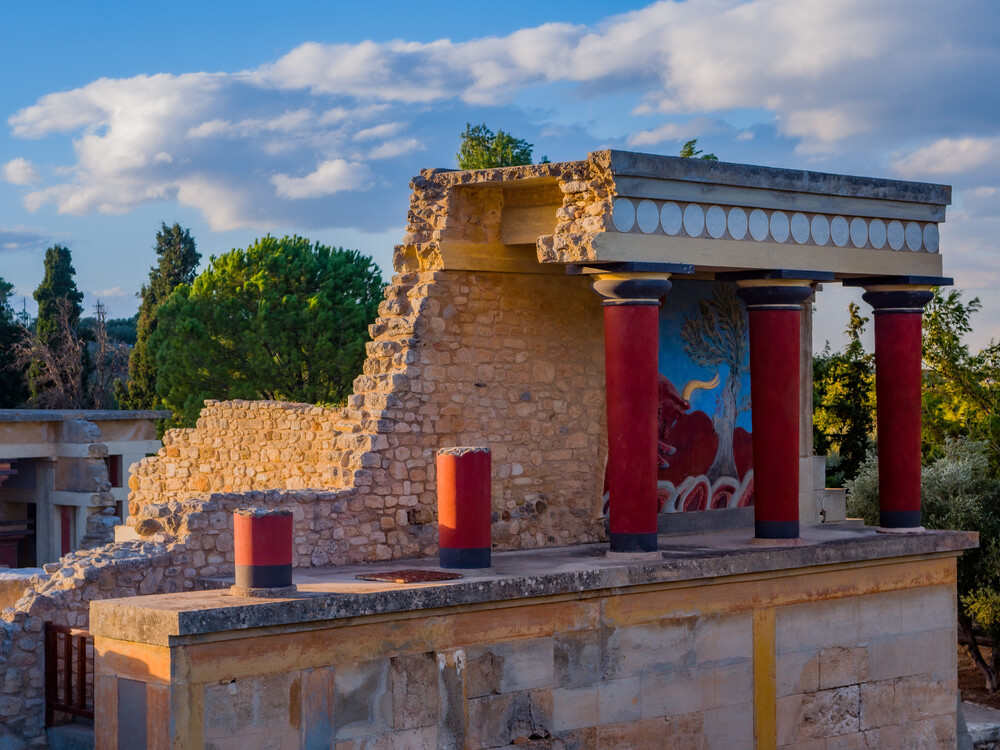
Unpacking Their Outstanding Universal Value
The Minoan palaces were recognized for their outstanding universal value, authenticity, and integrity, along with the robust protective frameworks in place. They are considered the most representative expression of the thriving Minoan society and culture. These architectural marvels served not only as administrative and economic centers but also as crucial religious and artistic hubs.
Key elements contributing to their inscription include:
• High Monumental Architecture: The palaces are creations of high monumental architecture, with complex architectural forms influenced by Egypt and the Near East, uniquely developed on Crete to serve the diverse needs of a hierarchical society. The legendary Labyrinth, designed for King Minos, symbolizes the structural complexity and monumentality of these palaces.
• Early Urban Development and Sociopolitical Structures: They offer evidence of early urban development and reveal complex sociopolitical structures organized around a hierarchical administrative system.
• Pioneering Writing Systems: The sites provide invaluable documentation for Europe’s two oldest writing systems: Cretan Hieroglyphic and Linear A, both devised in Crete at the beginning of the 2nd millennium BCE.
• Economic and Cultural Exchange: The palaces offer material evidence of advanced early economic systems, including agriculture, animal husbandry, and extensive maritime trade across the Eastern Mediterranean. Minoan art, with its naturalistic characteristics, has influenced artistic creation worldwide across various fields such as philosophy, painting, literature, music, poetry, theatre, and cinema.
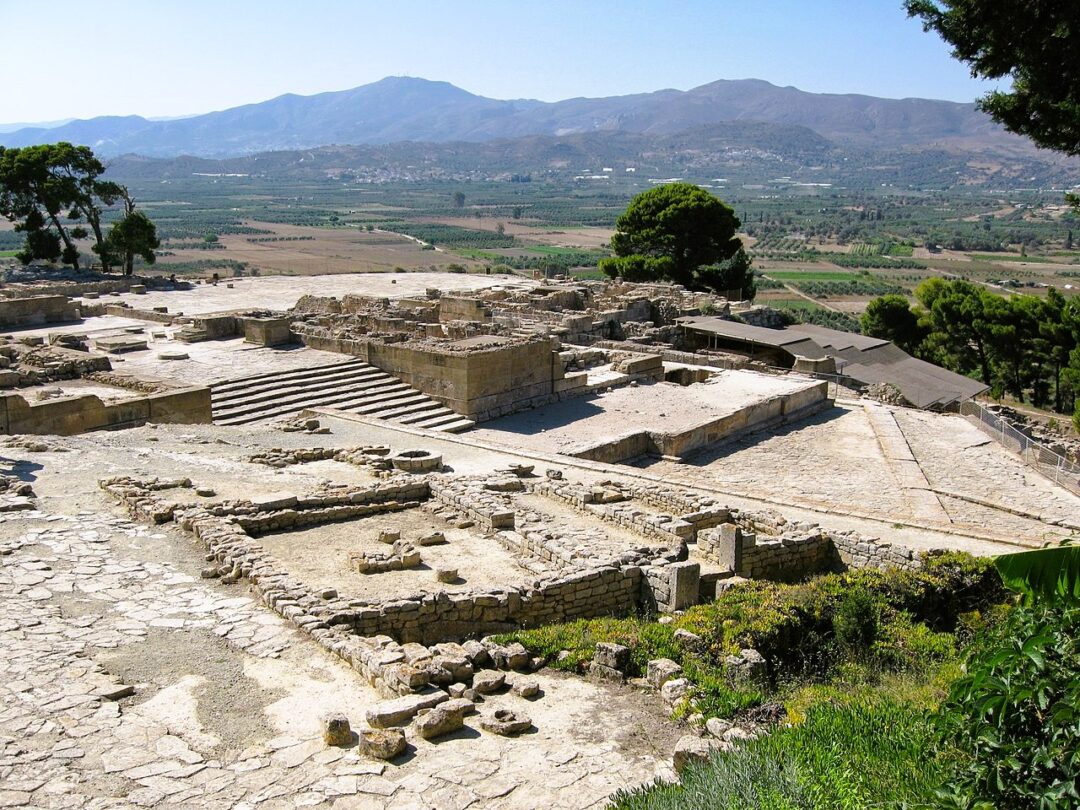
Culture Minister Lina Mendoni emphasized that these palaces were “not just administrative hubs—they were centers of art, innovation, and early writing systems,” and their recognition “affirms their global significance”. Prime Minister Kyriakos Mitsotakis further highlighted that this recognition affirms the Minoan civilization, “one of the most brilliant of the prehistoric Aegean,” as a “root of European thought and aesthetics”.
A Long and Arduous Journey to Recognition
The path to UNESCO inscription was a lengthy and dedicated collective effort, spanning many years. A previous attempt in 2003 to nominate only the palace of Knossos was abandoned due to significant issues in its surrounding environment. In 2014, five of the palaces (excluding Zominthos) were included as a “serial inscription” on Greece’s national indicative list, a mandatory preparatory stage. The comprehensive nomination dossier for UNESCO was assembled in 2018, overcoming “administrative arrhythmias” that were corrected by 2020, at which point the thoroughly studied Zominthos was also integrated into the candidacy.
The final dossier, exceeding 600 pages, had to meticulously document the universal significance and authenticity of the six sites, as well as their protection framework. Submitted in September 2024 and finalized in January 2025, it adopted a holistic approach, satisfying UNESCO’s requirements for promoting archaeological sites and protecting them from climate change. This included an “integrated spatial investment” strategy and a detailed management plan.
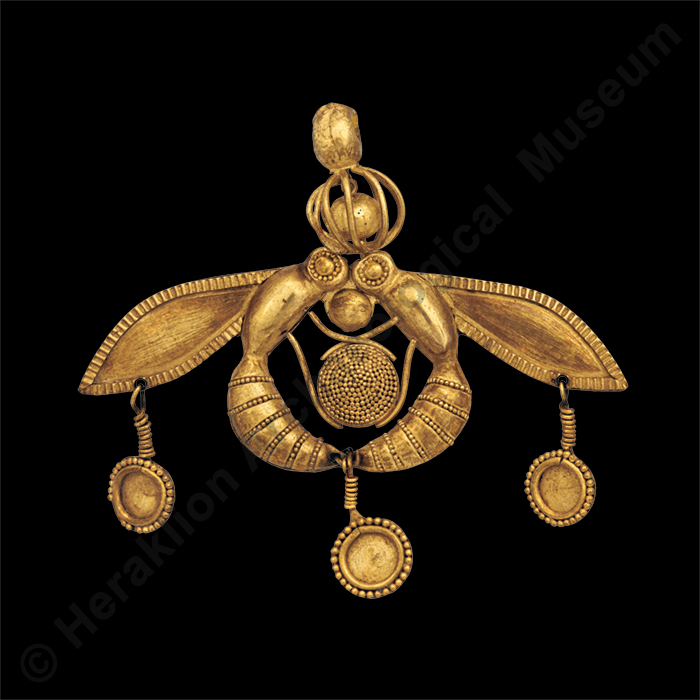
The successful inscription is the result of coordinated efforts led by the Greek Culture Ministry, in collaboration with the Region of Crete, local and foreign archaeological teams, academic institutions like the University of Athens, and multiple state bodies, including the Ministry for Climate Crisis and Civil Protection and the Ministry of Foreign Affairs. The Permanent Representative of Greece to UNESCO, Giorgos Koumoutsakos, gratefully acknowledged the “collective, not individual effort” and the “impeccable cooperation of all” involved.
The vote at the 47th session was unanimous, a rare occurrence that greatly impressed UNESCO’s leadership, including Director-General Audrey Azoulay.
The Implications: Protection, Visibility, and Responsibility
This UNESCO designation brings a multitude of benefits for the Minoan palaces:
• Enhanced International Visibility: The sites will gain significant international exposure, placing Crete’s Minoan legacy firmly on the world map.
• Increased Tourism: The recognition is expected to boost visitor numbers, contributing to Crete’s global cultural role. Tourism Minister Olga Kefalogianni called this a “moment of vindication for our culture and our national pride” and noted Knossos is “a reference point for the tourist identity of our country”. She further highlighted culture as a high-value tourist resource, central to Greece’s strategy for sustainable and quality tourism.
• Greater Protection: The inscription ensures stronger protection for these invaluable sites.
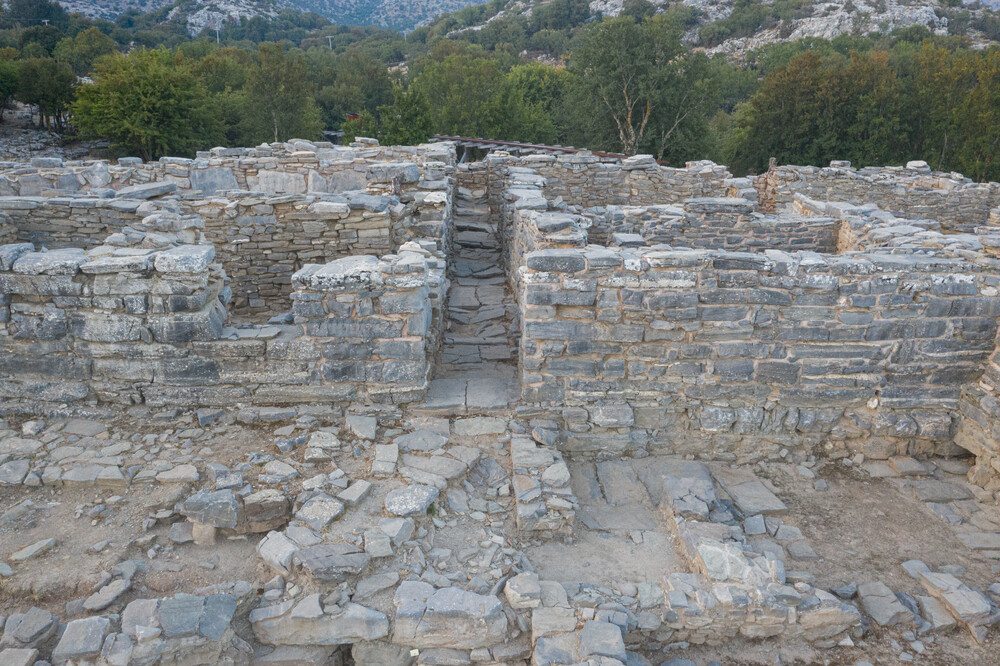
However, this recognition also entails significant responsibilities for Greece. As Minister Mendoni explained, UNESCO bestows its “brand,” but it also places a binding obligation on the member state to implement the commitments made in the nomination dossier. This includes addressing existing issues, such as unauthorized constructions around Knossos, which the state is now obliged to limit or demolish. Ongoing projects to improve accessibility and external areas, like interventions at Knossos’ reception areas, flood protection at Malia, and studies for Phaistos and Kydonia, underscore these commitments.
Crete Regional Governor Stavros Arnaoutakis called the inscription a “turning point” for the island, crowning years of systematic work and elevating its global cultural role beyond preservation, boosting education, tourism, and Crete’s international image.
Looking ahead, Greece has set its sights on its next UNESCO targets, with a joint proposal for Mount Olympus (as both a natural and cultural asset) submitted for evaluation at the 48th UNESCO session, followed by the candidacy for Ancient Nicopolis.
The inclusion of the Minoan Palaces on the UNESCO World Heritage List is akin to a precious, ancient manuscript finally being housed in a universal library. It not only safeguards these invaluable chapters of human history for future generations but also opens them up to a global audience, allowing the wisdom, art, and societal structures of an ancient civilization to inspire and inform the modern world.
I.L., with information from APE-MPA, Greek Tourism Pages and Kathimerini.
